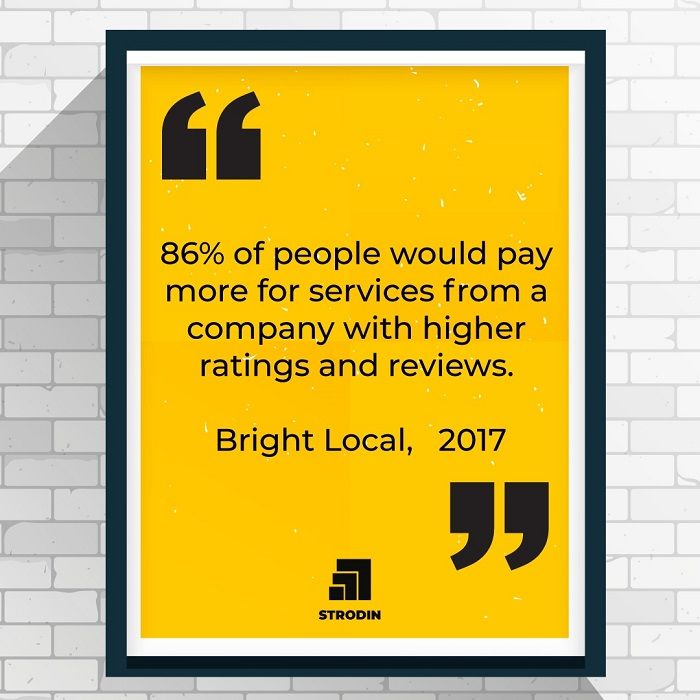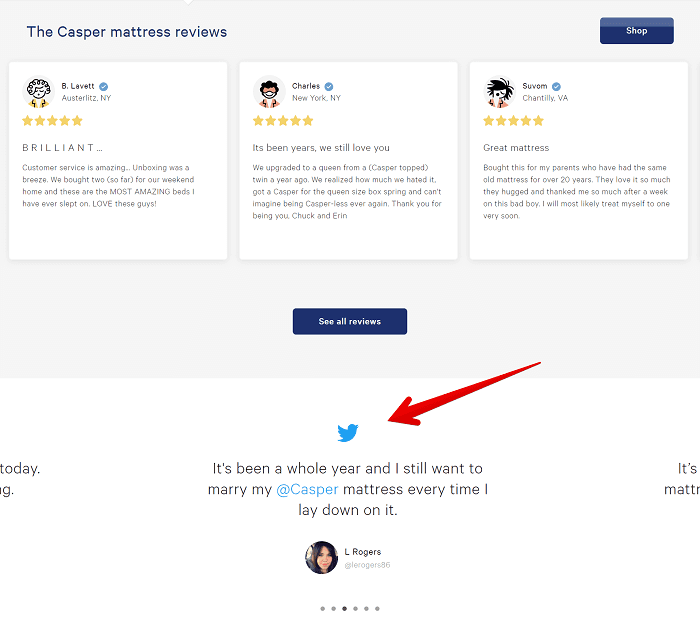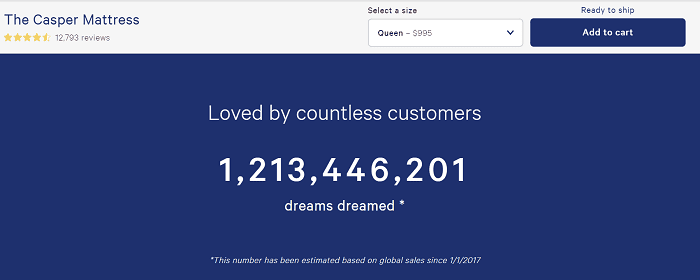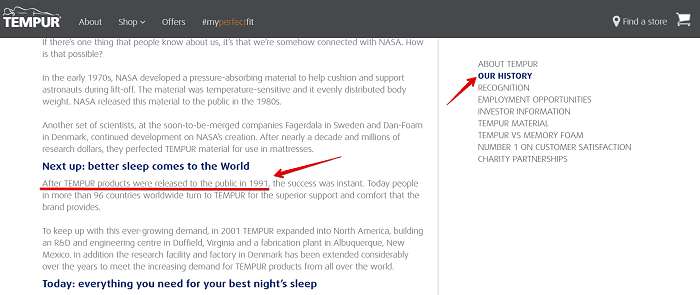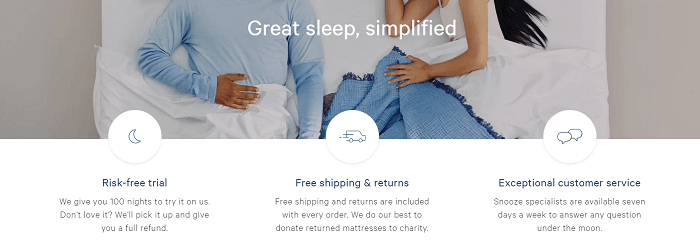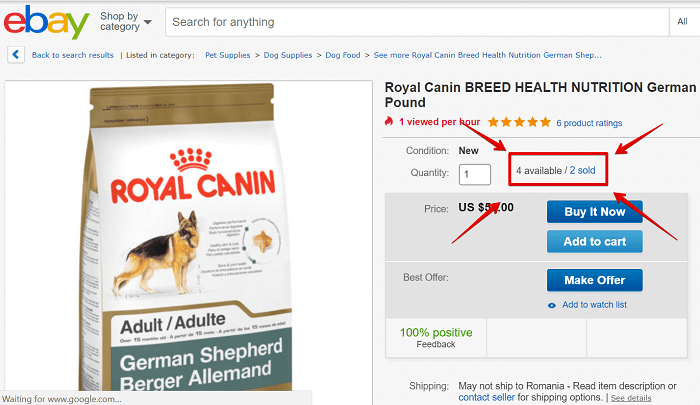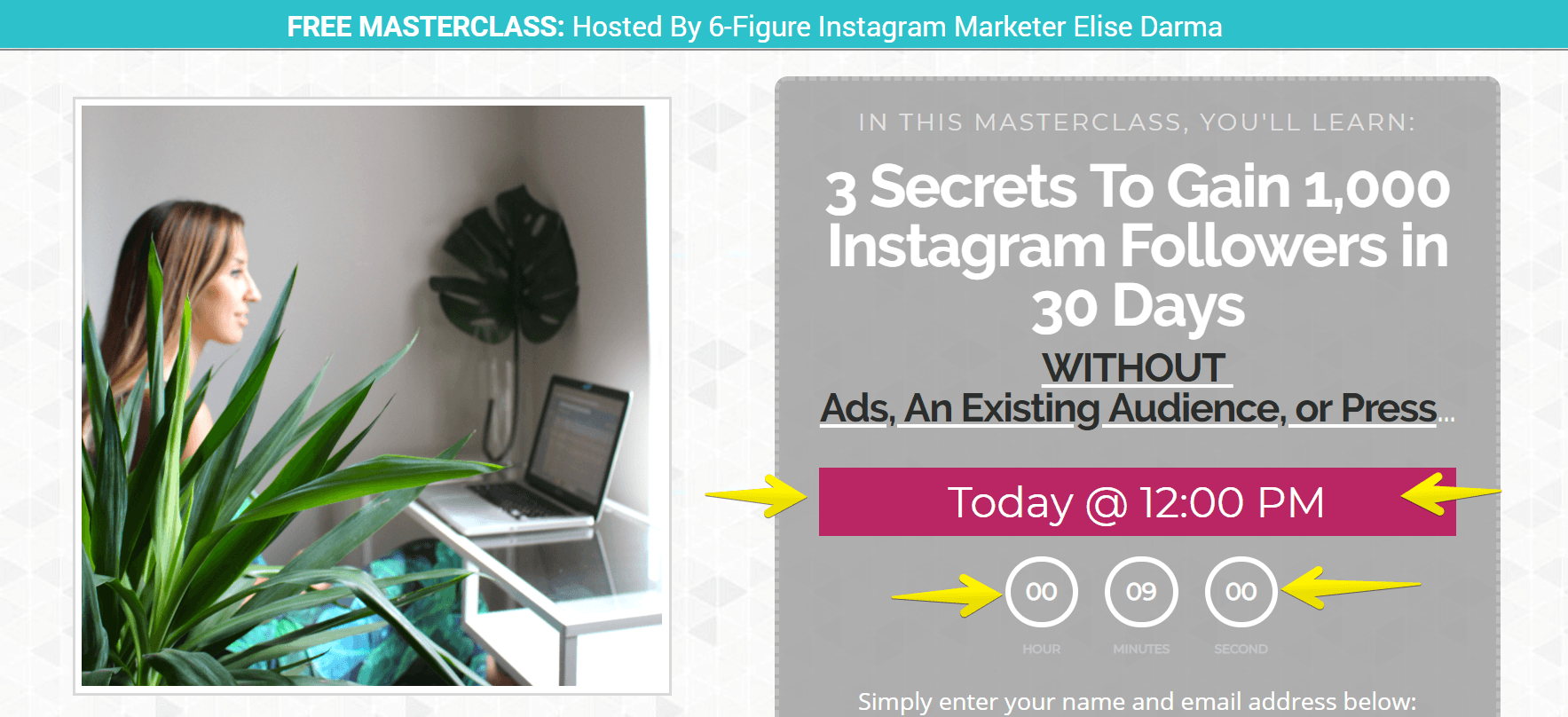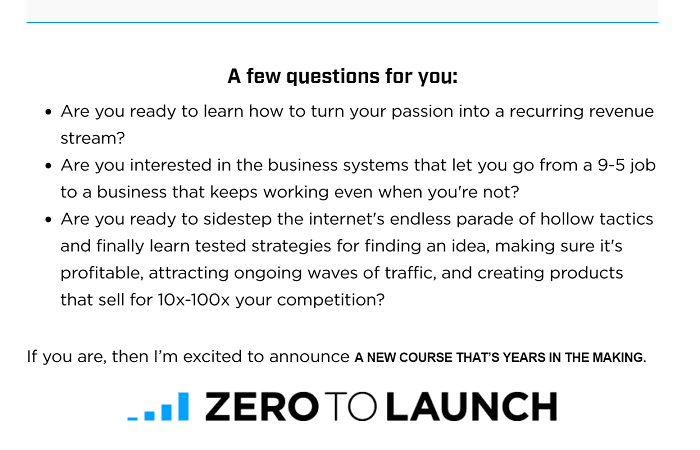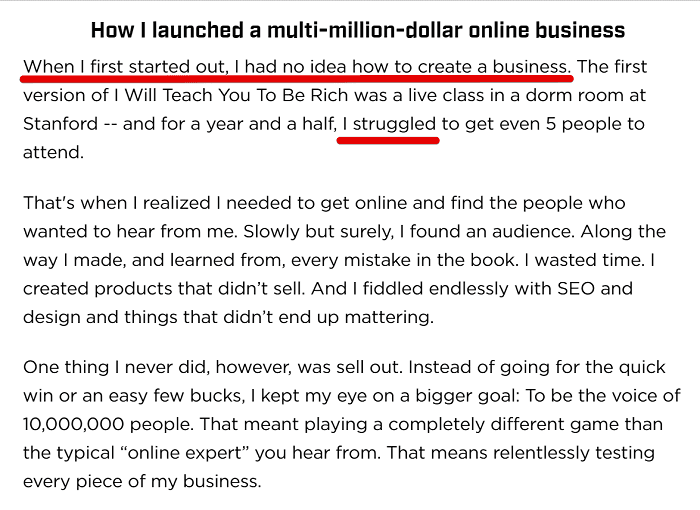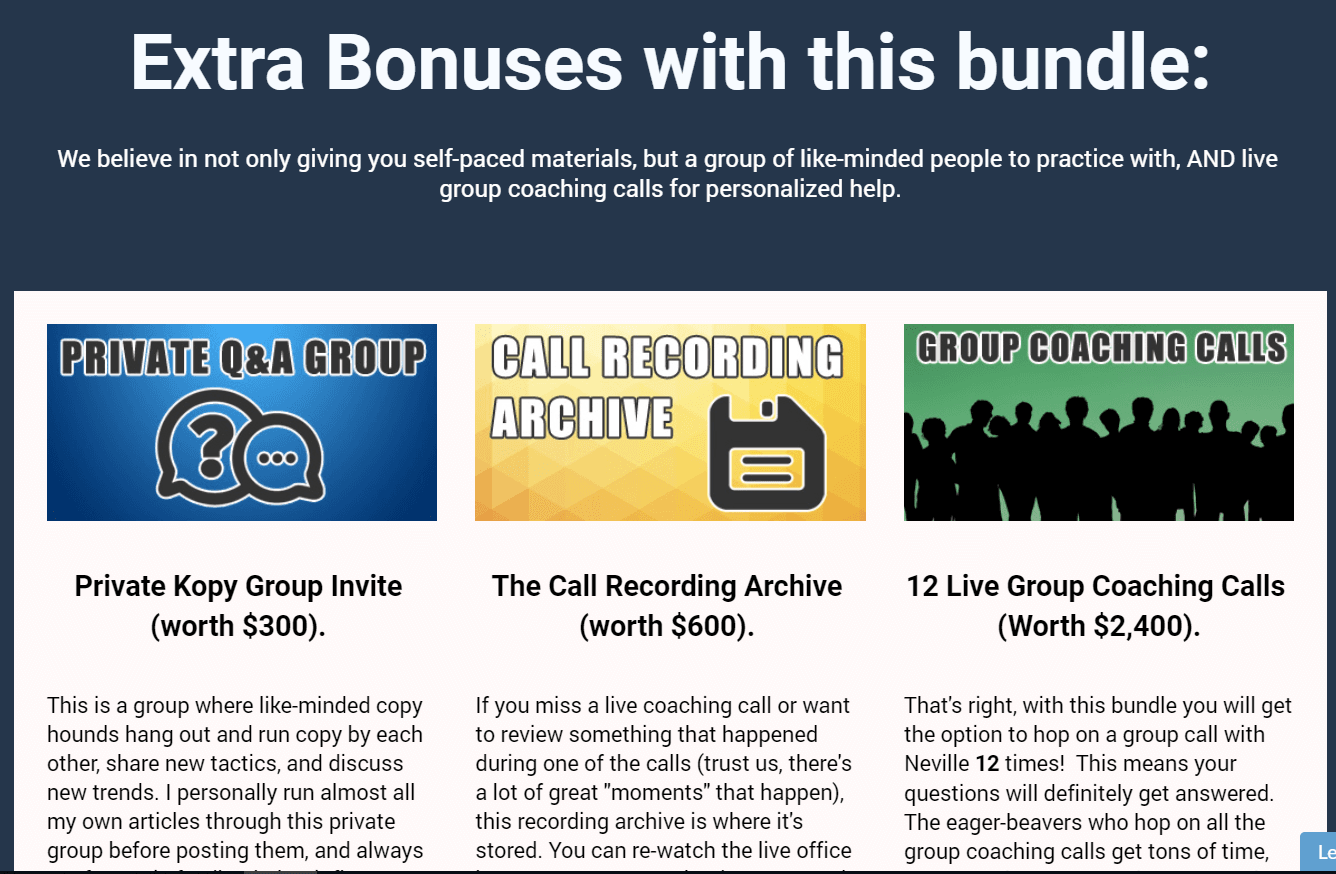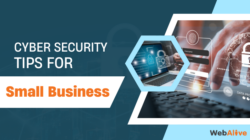
8 Persuasion Hacks That Influence People to Buy from You
Do you have something to sell and want to learn how to tap into people’s innermost desires, and influence them to spend money?
Maybe you offer some sort of services online, or you have some products to sell.
If you said “yes”, this article will open a new world for you today.
You’ll learn some little-known psychological tricks or persuasion hacks that influence people’s conscious mind, and when used properly, they are more likely to buy from you.
The best salespeople use them. The best advertising agencies influence you with them. Most persuasive websites use them. People with 7 figure online businesses use them.
But there’s more.
You won’t just read some theories. You’ll see some concrete examples you can apply to your business right away.
These persuasion hacks are super-easy for anyone to add. You don’t have to be a marketing genius or a professional copywriter.
You read, you apply, and you see almost instantly how sales increase.
Ready? Let’s dive right in!
1. Use social proof to almost instantly gain more trust
Testimonials from people who already tried your product are much more beneficial than anything you can say about your product.
In fact, here’s what studies have shown:
And the more real the testimonial looks – pictures, videos, some contact details that people can check if they want to check the validity of the review – the more likely someone will buy from you.
But there’s another trick here with testimonials.
The more the person who gives you the testimonial looks like your ideal customer, the more trust you’ll get.
Why?
Simply because when people read a testimonial, in their mind, they go something like: “Okay, well that person is like me. They had the same problem. They liked the product because it solved their problem. Therefore it must be good for me too.”
Example of Social Proof
One commonly used social proof type is reviews.
Remember we discussed earlier that people trust reviews that they can verify?
Here’s how Casper does this very well – by including two types of review. If you think about it, they don’t sell a complicated product; it’s just a mattress, right? Still, they understand the power of social proof.
Another powerful type of social proof is customer success stories, especially when they’re presented in a video format.
They do wonders because:
- In a video, you can express a wide range of emotions.
- It feels much more genuine; you remove the objection that the review might be fake.
- People can identify with the person who’s giving the review, which makes him or her want your product even more.
Here’s a great example from Growth Lab:
2. Use authority to avoid scepticism
Did you know about this strange experiment?
Stanley Milgram, a psychologist at Yale University, conducted an experiment focusing on the conflict between obedience to authority and personal conscience.
The experiment went like this:
One of the participants had the task of learning pairs of words in a long list until each pair can be recalled perfectly; this person was called the Learner.
The other participant’s job was to test the Learner’s memory and to deliver increasingly strong electric shocks for every mistake; this person was designated the Teacher.
The third person in the experiment was the Researcher (the authority figure).
He strapped The Learner into a chair and, with the Teacher looking on, attached electrodes to The Learner’s arm.
The Teacher, asks the Learner (who was, in fact, an actor) a question. Then, The Teacher checks with The Researcher (who is also an actor) if the answer is correct.
For each wrong answer given by The Learner, The Teacher was instructed by the authority figure (The Researcher) to deliver an electric shock from a box with toggle switches that ranged in 15-volt increments up to 450 volts (no shocks were actually delivered, The Learner was an actor who faked the whole thing).
Now here’s the catch:
In Milgram’s original experiments, 65% of subjects went all the way to the end.
In the presence of this authority figure, they were willing to torture another human being.
How does this work?
It has to do, Milgram says, with a deep-seated sense of duty to authority within us all.
But don’t get me wrong, I’m not saying you should torture your customers (I pray to God that you don’t). No, the point is, any kind of authority works as a persuasion hack.
Here’s how you can actually use this.
Let’s say you sell a mattress. Can you tell how many people have bought it?
(See how even social proof can act as an authority?)
Do you have certifications that your product is really the way you describe it?
Why don’t you tell people how long you’ve been in business? Are you an amateur that can disappear or do you have a lasting reputation to defend (which makes you much more trustworthy)?
You see, in all the examples above, when they’ll claim that you’ll have the best sleep possible if you buy their mattress, people will believe it because they have credentials to back up those promises.
3. Use proof to make your product or service believable
Now don’t get me wrong. This doesn’t mean you have to have some crazy, scientifically proven test results to sell your products or services (unless you are required by law).
But you need to make people believe that the product or service does what you claim it does.
Why?
Because if you show them how your product works, they don’t have to take your word for it.
So, even if they don’t trust you, they can see it and they trust their own eyes.
Take this blender company for example.
After watching this video, will you ever doubt that their machine cannot blend some carrots?
Or here’s how Tempur proves that their mattress reduces motion transfer so that both you and your partner can sleep better.
What could have been more convincing than this video?
4. Use a strong guarantee to get people off the fence
If a client buys from you and the product that doesn’t satisfy him, he loses money, AND he doesn’t even use the product.
And since each and every one of us has had this kind of bad experience at least once in our lifetime, we feel a natural resistance.
This is why you need a guarantee.
It doesn’t necessarily have to be money-back. It could be anything. It could be a partial refund, it could be “cancel any time AND keep everything that we sent you up to that point” etc.
Here’s an example of a guarantee policy that’s hard to resist to:
5. Use limitations to get people to act right away
If your offer has any kind of limitations – like being available for only a certain amount of time or in a certain quantity – you’ll want to stress that as strongly as possible.
Why?
First, because our brain is hard-wired in such a way that we react more strongly to loss than to the benefit of gaining something.
When food was scarce, we could die. So now, scarcity is a trigger to our brain to act in a certain way.
Second, scarcity works as a persuasion hack because people are lazy. We tend to put off things that don’t threaten us in the very near future.
Like going to the gym. You don’t die if you skip a day or two, right?
Or like starting a new diet. Or studying for an exam. You get the idea.
The time limitation gets people to act in the timeframe you establish, and not postpone and forget about it.
How can you use limitations?
One way is to stress the fact that you have limited stock available. Once it’s gone, they might not get what they want.
Another way is to tie it to some sort of bonus which they’ll lose if they don’t act in a certain amount of time.
If you’re holding a live event, you could say that you have a limited amount of seats available. This works pretty well in theatres and concerts because people know that once the room is full, they cannot get tickets anymore.
Of course, the important thing here is not to lie. Otherwise, this “trick” will work only once and you might lose a lot of existing customers. And get a bad reputation.
Don’t say stupid things like “limited amount of copies” if you offer a PDF file.
But what if you can’t make your product limited?
What if you’re selling an online course for example and you don’t have a limited amount of copies?
Well, you can use good ol’ honesty. Just tell them that you are offering this for a limited amount of time and for a limited amount of people.
You can even tell people that you’re doing this to create scarcity!
6. Use identification to get people to read your offer
This is when you let people know that they are in the right place, that the offer is specifically designed for them and THEIR problem. Not for everybody else.
You are a diagnostician that understands what customers are dealing with before prescribing a medicine.
You offer people some understanding, some sympathy. We’re going to let them know that someone else has had that experience of pain – that problem.
Why?
Because if we show people that we understand their problem and maybe that we’ve even been through that particular situation, then the solution must really work.
Here’s one of my favourite examples of identification from Ramit Sethi, who built a multi-million dollar company by selling courses.
You see, the first thing he does is to let you know that if you have one of those problems, this page is for you.
Then, he starts by telling you his own story (which probably corresponds to your situation).
While you’re reading you’ll be telling yourself:
“Yeah, yeah, exactly. This is also me. I try to start a business, I don’t have many resources etc. I wonder how this guy managed to get through…”
Now you might say to yourself: “do I have to go through exactly the same problem my customers have?”
Nope. There’s another way you can show that you understand people.
If you have a solution that’s based on your work with clients, you can say something like:
“The number one problem that my clients have is this (and you name the problem). Since I work with a lot of people, I really got to understand the ins and outs of the situation you are struggling with…”
All you have to do is to put yourself in the other person’s shoes and describe their situation.
Once they identify themselves with that situation, they will start trusting you.
7. Use bonuses to increase desire (and get people to act now)
You probably already know this, but a lot of times people forget; people like to feel that they got a great deal. That’s why bonuses work so well.
But you how people use this tactic completely wrong? There are two ways.
One: they throw in everything that they possibly can as a bonus so that the total perceived value exceeds the initial offer. They even offer bonuses which aren’t related to the main item they are trying to sell.
Which is fine…if the only thing you care about is making sales on a short term.
Of course, people will buy because they seem to be getting a great deal, even if they might not need the extras that you offer them as a bonus.
But if you want people to really get value for the money they’re paying (and buy from you the second time) you have to offer something related to your main offer.
Something that enhances the value of the item they’re buying in the first place.
And two, they use too many discounts – which nibble away at your revenue and cheapen your brand.
Discounts, incidentally, are better for acquiring customers or rewarding them. Use them sparingly.
Here’s a nice example of bonuses that really add value to the main offer, which is a copywriting course (a course that teaches you how to write in a persuasive way).
You see, if you want to learn copywriting, these bonuses are actually very useful to you.
8. Repeat your call to action several times to increase your conversion rate
This is where you explicitly close the deal and ask people to give you money or take some action (download a free report, sign-up for a free consultation, etc.)
The biggest mistake people make is to close only once. They make their “pitch” and then they ask for the money, the email or whatever they’re asking.
Why is this so wrong?
The problem with this is that some people are convinced right from the beginning (which is great), but a lot of them aren’t. They need to read more. They need more info or some sort of incentives before taking action.
This is why it is a best practice to put your call to action at least two or three times on your landing page, in your sales letter, in your emails or whatever medium you are using.
In this way, you make sure you don’t lose those all those people.
Here’s a great landing page example where they ask for your email a couple of times.
Why does this work?
Well, some people are convinced immediately after they read the first bullets. Maybe those people already read some stuff about that particular company. Maybe their blog or maybe they follow the company’s social media page etc.
But some of the visitors might be complete strangers and need some more information before taking action.
Let me put this another way.
You don’t lose anything if you ask people twice or three times to do something. It’s not like they’re going to say “Oh, he asked me this two times in a row. I’m pissed off and I’m going to leave now”.
Quite the opposite; you increase your chances to obtain what you want to obtain.
And there’s more.
You don’t have to ask people the same thing in the same way. You can try and take different approaches, tackle different arguments.
Why?
Because each different close is going get a different type of person. Therefore, if you try more than one, you’re more likely to get more sales.
Let’s say you sell web design services. You can use a logical close;
“People search for a business on the Internet, so you need a website if you want people to find you.”
An emotional close;
“You could at least triple your revenue if you’d had a website. It could make you money while you’d be enjoying your life. Imagine how people could come to your website and purchase your products while you’re relaxing on a beach in Bali with your family.”
Or you can use a fear-based close;
“People search on Google every day for businesses like yours. Instead of finding your website, they find your competitors’. And every single day people put money in your competition’s pocket while you struggle to get customers offline.”
What you should do next
There’s a lot of new information to absorb in this article. You’re probably not going to remember everything.
So here’s a useful tip: create a checklist.
Write down each element, along with a short description. Two or three sentences is enough.
When you design your next landing page or when you’re creating your next offer, you can go through that checklist and make sure you didn’t forget anything.
And if you don’t remember exactly what an element was about, you can always come back to this article for inspiration.
You read a lot. We like that
Want to take your online business to the next level? Get the tips and insights that matter.
